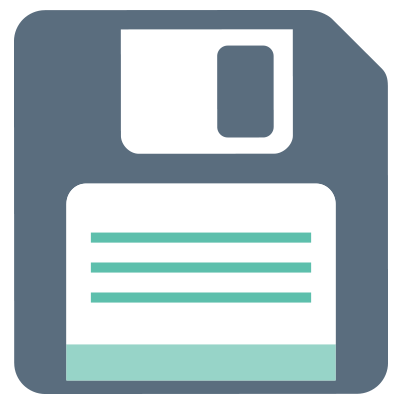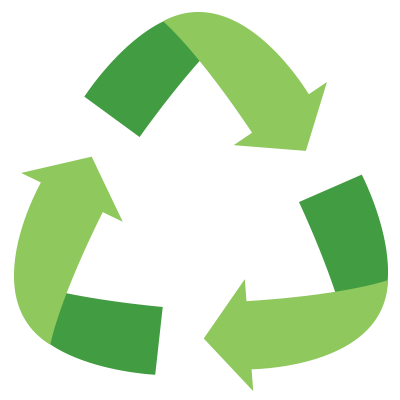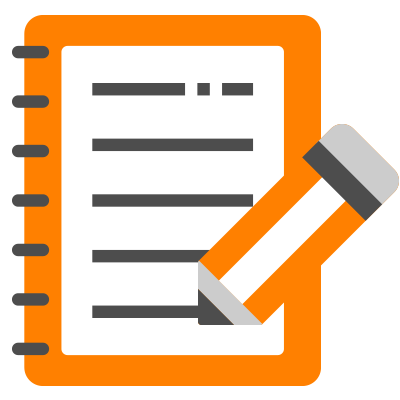Using Open Educational Resources (OERs)

Using Open Educational Resources (OERs)
Open Educational Resources (OERs) benefit students by lowering or eliminating the cost of textbooks and can be an important part of avoiding copyright issues.
Podcast: Using OERs to your Advantage
Rhianna C. Rogers, 7/25/19: "Using Open Resources to Your Advantage: How to Effectively Incorporate OERs into College Assignments"
Transcript
When deciding on learning materials for your course, you should consider adopting Open Educational Resources (OERs). OERs are not only free for you and your students to use, they provide expanded access to students who have financial limitations. OERs are also flexible in how you incorporate them into your teaching.
Did you know that OERs are re-mixable? Utilizing open materials gives you the flexibility to combine and mix a variety of materials to meet your course’s learning outcomes. You can use one OER as your textbook, combine several OERs to customize the text specifically for your course, or you can simply substitute traditional materials with an OER unit or a learning activity.
What is an Open Educational Resource (OER)?
“For Free and Without Requestion Permissions”

Retain
You can keep the work forever.

Reuse
You can use the work for your own purpose.

Revise
You can adapt, modify, or translate the work.

Remix
You can combine it with another resource to make a new work.

Redistribute
You can share the work with others.
Locating OERs
There are many resources available to help you locate Open Educational Materials for your courses. Contacting the Empire State College Librarians is a great first step! Our librarians can help you in getting started with OER materials. You can also explore these resources when considering OER adoption:
- Open Educational Resources (OER) Guide: a subject guide from Empire State College Library
- Lumen Learning: a source of OER courseware, offered free to SUNY faculty and students through a SUNY partnership
- OASIS: a search tool for open materials created by SUNY Geneseo
- Open SUNY Textbooks: an open textbook publisher, with textbooks created by SUNY faculty
- OpenStax: a resource for peer reviewed, openly licensed textbooks
- SUNY OER Resources: a shared SUNY resource to support the adoption of OERs
- OER Commons: a shared repository of OER materials
Choosing OERs
Some factors to consider when adopting Open Educational Resources (OERs) include:
- Type: Open Educational Resources encompass more than just open textbooks. OERs can also be courseware, activities, media, question sets, assignments and more.
- Quality: Before adopting OER materials, you may want to ask some questions to determine the level of quality of the materials, and if they will meet your instructional needs.
- Do the materials adequately cover your objectives?
- Are the materials appropriate for your audience?
- Is there any bias in the materials?
- Who is the author or organization that created the materials?
- Are the materials up to date and current in the field?
- Is the information from other sources cited?
- Licensing: A great advantage of utilizing OERs is the ability to revise or remix the materials to fit your needs. Be sure to check the licensing on the OER, to ensure that you are complying with the license. For more information, see the Creative Commons Licenses.

This work is licensed under a Creative Commons Attribution-NonCommercial-ShareAlike 4.0 International License.